1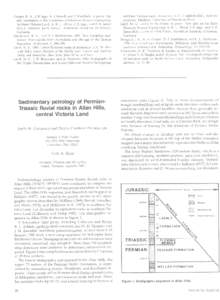 | Add to Reading ListSource URL: s3.amazonaws.comLanguage: English - Date: 2011-05-06 05:05:54
|
|---|
2 | Add to Reading ListSource URL: s3.amazonaws.comLanguage: English - Date: 2011-05-06 07:03:36
|
|---|
3 | Add to Reading ListSource URL: s3.amazonaws.comLanguage: English - Date: 2011-05-06 06:14:48
|
|---|
4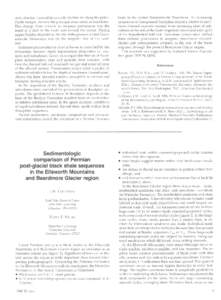 | Add to Reading ListSource URL: s3.amazonaws.comLanguage: English - Date: 2011-05-06 07:07:21
|
|---|
5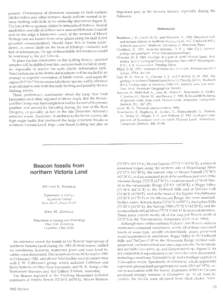 | Add to Reading ListSource URL: s3.amazonaws.comLanguage: English - Date: 2011-05-06 05:33:40
|
|---|
6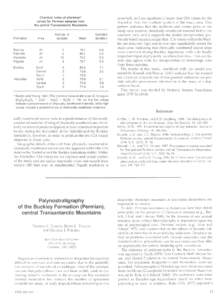 | Add to Reading ListSource URL: s3.amazonaws.comLanguage: English - Date: 2011-05-06 07:04:56
|
|---|
7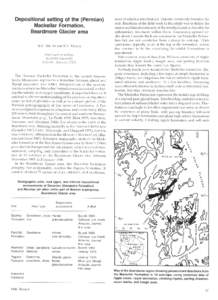 | Add to Reading ListSource URL: s3.amazonaws.comLanguage: English - Date: 2011-05-06 18:12:51
|
|---|
8 | Add to Reading ListSource URL: s3.amazonaws.comLanguage: English - Date: 2011-05-06 20:44:54
|
|---|
9 | Add to Reading ListSource URL: pubs.usgs.govLanguage: English - Date: 2007-08-08 22:50:43
|
|---|
10 | Add to Reading ListSource URL: digitallibrary.amnh.orgLanguage: English |
|---|